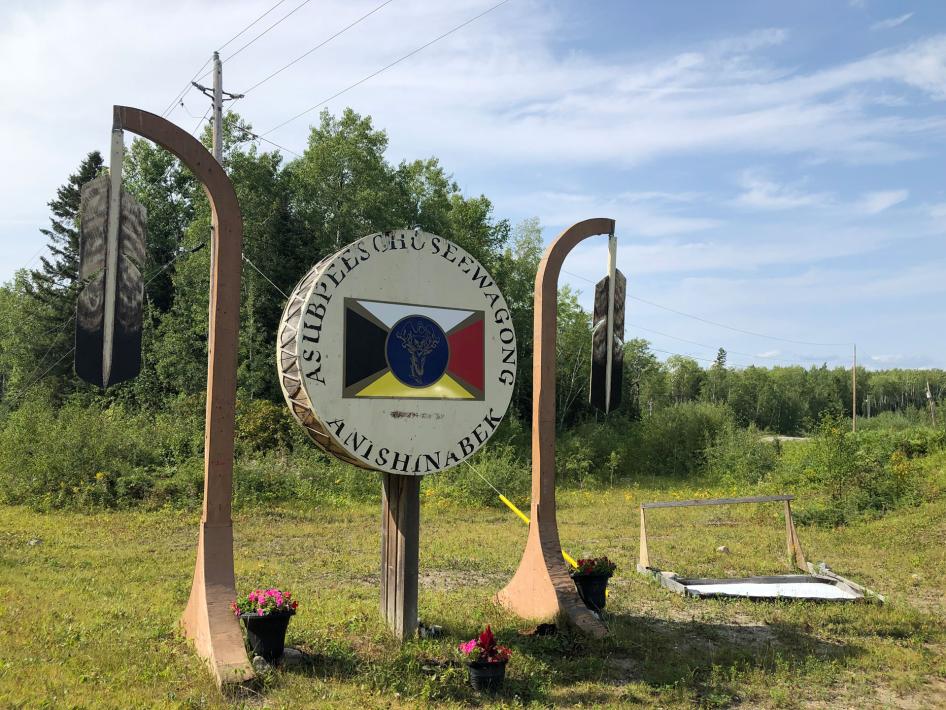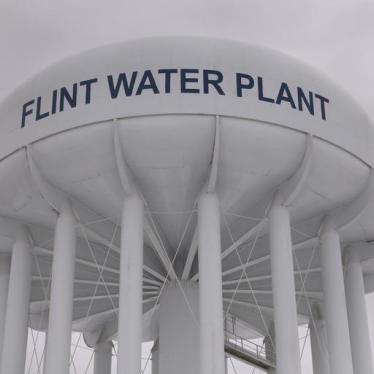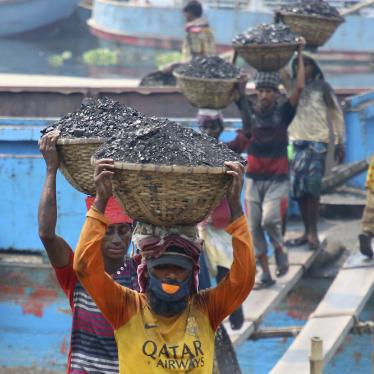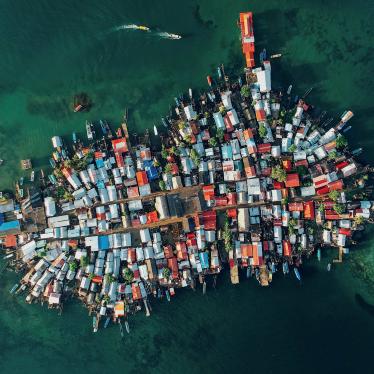June 27 marks three years since federal and provincial authorities in Ontario, Canada, promised to clean up decades-old mercury contamination. Affected Indigenous residents are still waiting.
In the 1960s and early 1970s, a chemical plant dumped around 10 tons of toxic mercury into a river upstream from Asubpeeschoseewagong Netum Anishinabek (also known as “Grassy Narrows First Nation”), contaminating culturally important fish the community depends on for food. In repeatedly failing to take action to clean up the river, subsequent governments have subjected community members to half a century of devastating health impacts, including early death.
In waterbodies, mercury converts into methylmercury, a potent neurotoxin, which accumulates in fish and then people, reaching increasing levels of contamination and risk to human health.
In 2017, community member Darwin Fobister, then 20, told Human Rights Watch, “[Mercury poisoning] is going on and on and it’s passing to younger and younger people.” Fobister described having difficulty balancing, trembling in his hands, and spells of tunnel vision – all symptoms of mercury poisoning.
A 2016 review of mercury levels in Ontario fish confirmed that fish consumed in Grassy Narrows are the most mercury-contaminated in the province. The federal government, meanwhile, maintains: “Canada has well-established ... programs to identify, assess, remediate and risk manage contaminated sites,” in line with its obligations under the United Nations Minamata Convention on Mercury, which seeks to protect human health from mercury.
This year, the federal government finally committed funds to support construction of a mercury care home in the community, an important step to ensuring access to care for the many members of Grassy Narrows who, like Fobister, live with the physical and mental health impacts of mercury exposure.
But the government has yet to provide meaningful compensation to most of the affected Grassy Narrows people. Meanwhile, dangerous levels of contamination persist in the river. While the Ontario government committed C$85 million in 2017 to clean it up, no clean-up has started.
Ontario authorities should urgently act to restore Grassy Narrows’ environment to protect the health and well-being of the community and its future generations. Both the federal and provincial governments should work to ensure fair compensation to all Grassy Narrows people for harms suffered.









